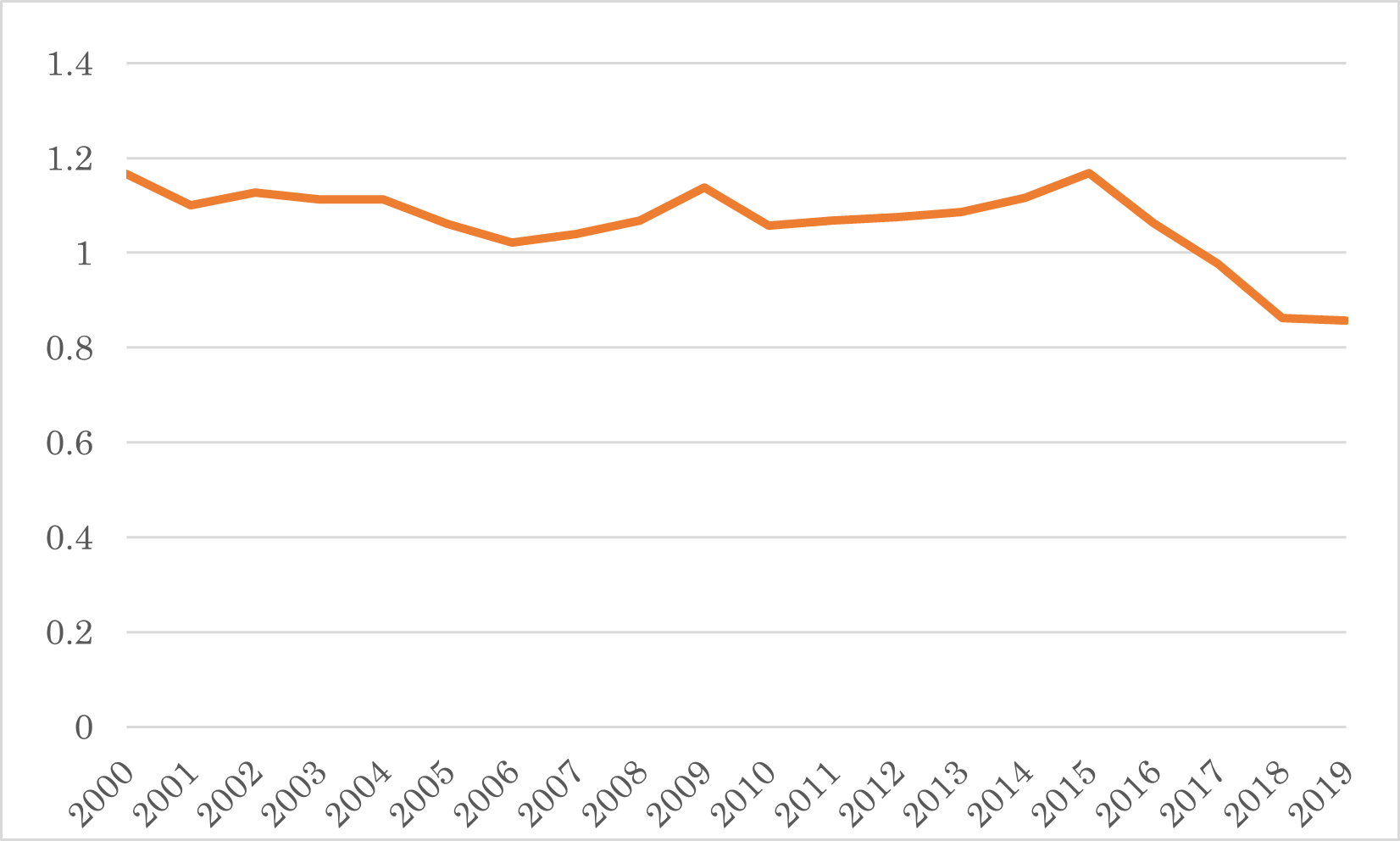Evaluating India’s Insolvency and Bankruptcy Code
The Indian Insolvency and Bankruptcy Code (IBC) was enacted to fix an ailing system. Prior to the introduction of the law, it took years for a company to wind up, which often resulted in protracted litigation. The inadequacy of the prevailing mechanisms under the Sick Industrial Companies Act and the Companies Act were long debated, but reform was put on the back burner. Then, in 2014, the Bankruptcy Law Reforms Committee was formed. Finally, in 2016, the reform came to fruition with the enactment of the IBC (IBC), bringing to an end a defaulters’ paradise. The Committee expressed that speed was of the essence to minimise the need for liquidation and to ensure better recovery. Therefore, among the key changes brought in by the IBC were prescribed time limits to resolution.
Five years since, experts continue to question whether the IBC has lived up to its intent. The recent findings of the Standing Committee on the implementation of the IBC point to continued inefficiencies. At the outset, judicial delays are rife: 71.3 per cent of the cases before the National Company Law Tribunal took longer than 180 days to decide. One of the reasons for this may be the vacancies in Tribunal. However, delays not only result from a lack of manpower but also from inadequate technical capacity. Although for every new legislation there is a learning curve, the IBC is a specialised commercial matter. Therefore, training the experts adjudicating in matters concerning IBC in finance can alleviate some of the delays. In addition, professionals must be able to present a viable plan for resolution, failing which liquidation tends to emerge a dominant solution.
A more critical reflection on the IBC’s functioning is the haircut. The Standing Committee paints a rather worrisome picture of the IBC—in some cases the haircuts are as high as 90-95 per cent. However, it would hardly be fair to focus on this number alone for two reasons. First, the Reserve Bank of India’s report on trends and progress in banking estimates that in 2019-20 the average recovery rate under the IBC was 45.2 per cent. This rates better than the dismal recovery rates under the Securitisation and Reconstruction of Financial Assets and Enforcement of Security Interest Act 2002 (26.7 per cent) and before the Debt Recovery Tribunal (4.1 per cent). Both statutes are alternatives used by banks to recover loans, including personal loans. Second, recovery rates are not by themselves adequate to judge the efficiency of an insolvency regime. The IMF suggests that, while looking at recovery rates, different categories of creditors - secured and unsecured - should be treated separately because of the differences in their claims. Moreover, there is no benchmark for recovery rates, and these vary widely even across OECD countries and are in turn a function of the time taken, the associated costs, macroeconomic conditions and legal rights. The decline in the recovery rate in 2021 to 39 per cent is a case in point that macroeconomic factors can change the valuation of assets.
Nevertheless, the low rates of recovery in the early phase of implementation can be attributed in part to the legacy cases that entered the IBC. Moreover, in a previous study I find, for a sample of 79 listed companies that were referred to the procedure under the IBC in 2018, these reported, on average, a Z-score below 1.8, indicating insolvency risks having been present at least 4 years prior. Nearly 43 per cent of companies reported high likelihood of default. This provides evidence that the companies referred to the IBC may have been referred with delay and were likelier to liquidate at relatively high haircuts. Therefore, ascribing the loss of value to the application of the IBC would require unbundling the impact of process and company valuations separately.
The IBC is meant to set up a process of price discovery for stressed corporations; therefore, the realisations must be taken to be a reflection of the true value of the assets. An unreasonable haircut can be the consequence of poor technical capacity in valuing assets or time lapses. Thus, the Standing Committee’s suggestion that haircuts must be capped defeats the very purpose of the institutional framework and places additional cost of institutional inefficiencies on investors. In fact, one of the criticisms is that the IBC has resulted in more liquidations than resolutions. This was matched by a decline in purchases by asset reconstruction companies of Scheduled Commercial Banks’(SCB) assets in 2019-20. The Reserve Bank of India’s report suggests this could probably be due to SCBs opting for other resolution channels such as the IBC and the Securitisation and Reconstruction of Financial Assets and Enforcement of Security Interest Act 2002. Therefore, it may be important to set up a more robust framework for restructuring in tandem.
Lastly, the IBC should not be evaluated solely for the recoveries but also for the behavioural shift that it has encouraged. For 2747 listed companies in India, it is seen that the IBC resulted in a significant deleverage. The average debt to equity ratio declined for these companies from 1.16 to 0.85 over the course of three years. In fact, in my work I also find that there was a discernible rationalisation of credit ratings after the introduction of the IBC. This shows that market discipline is an invaluable benefit caused by the regulatory reform.
Figure 1 Debt-equity ratio for Indian companies

Source: CMIE
Judging the IBC according to recovery rates alone would mean to confuse the symptoms with the problem. A more practical approach would be to examine the efficiency of the inputs than that of the output of the regulation.
Suranjali Tandon is an Assistant Professor at the National Institute of Public Finance and Policy, India.
Share
YOU MAY ALSO BE INTERESTED IN
With the support of
